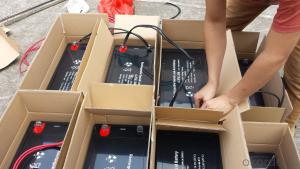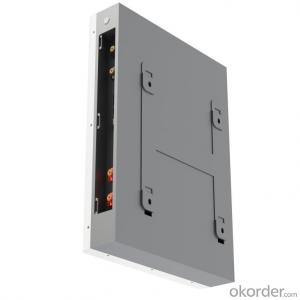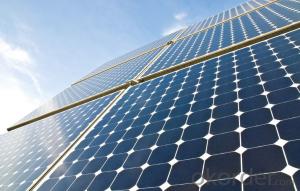Solar Hybrid Inverter Market
Solar Hybrid Inverter Market Related Searches
Canopy For Solar Inverter Awning For Solar Inverter Solar Inverter For Rv Inverter For Solar Quality Solar Inverter Best Solar Inverter In Kerala Top Solar Inverter In Pakistan Plug In Solar Inverter Solar Inverter In Pakistan Spd In Solar InverterHot Searches
Type Of Inverter For Solar Types Of Inverter For Solar Used Solar Inverter For Sale Inverter Size For Solar System Solar Edge Inverter For Sale 5kw Solar Inverter For Sale Solar Inverter For Sale Solar Inverter For Battery Solar Inverter For Split Ac Solar Inverter For Laptop Solar Inverter For Fridge Solar With Inverter Price Solar Inverter With 2 Battery Solar Inverter With Ac Outlet Solar Inverter Price In China Best Solar Inverter In China Solar Inverter Price In Dubai Solar Inverter Price In Uae Solar Inverter Price In Kenya Solar Inverter For FridgeSolar Hybrid Inverter Market Supplier & Manufacturer from China
Okorder.com is a professional Solar Hybrid Inverter Market supplier & manufacturer, offers integrated one-stop services including real-time quoting and online cargo tracking. We are funded by CNBM Group, a Fortune 500 enterprise and the largest Solar Hybrid Inverter Market firm in China.Hot Products
FAQ
- The role of a solar inverter in voltage support is to convert the direct current (DC) generated by solar panels into alternating current (AC) that is compatible with the electrical grid. Additionally, it helps regulate the voltage levels to ensure a steady and consistent supply of electricity to the grid, thereby supporting voltage stability.
- The advantages of using a transformerless solar inverter include increased efficiency, reduced size and weight, lower cost, and improved reliability. Due to the absence of a transformer, these inverters are more energy-efficient, resulting in higher electricity production from the solar panels. They also have a smaller form factor and weigh less, making them easier to install and transport. Transformerless inverters are typically cheaper to manufacture, leading to cost savings for consumers. Additionally, their simplified design without a bulky transformer reduces the likelihood of component failure, enhancing the overall reliability of the system.
- What is the difference between a PV inverter and a solar inverter?
- The main function of photovoltaic grid-connected inverter is to convert the DC power of the solar PV module into the same frequency as the sinusoidal AC power of the grid (the grid is generally AC power grid, DC can not be directly connected)
- Yes, a solar inverter can be used in commercial applications. Solar inverters are designed to convert the direct current (DC) generated by solar panels into alternating current (AC) that can be used to power electrical devices and appliances. This makes them suitable for a wide range of commercial applications such as offices, retail stores, factories, and other commercial buildings where solar energy can be harnessed to reduce electricity costs and promote sustainability.
- Yes, there are a few disadvantages of using a solar inverter. Firstly, solar inverters are sensitive to extreme temperature variations, and their efficiency can be affected in very high or low temperature conditions. Secondly, solar inverters require regular maintenance and occasional replacement, which adds to the overall cost of the system. Additionally, solar inverters produce a small amount of electromagnetic interference (EMI) which can interfere with nearby electronic devices if not properly shielded. Lastly, solar inverters are grid-tied systems, meaning they rely on a stable electrical grid to function. In case of power outages or grid malfunctions, solar inverters may shut down and stop supplying power to the connected devices.
- Yes, a solar inverter can be used with solar-powered telecommunications systems. A solar inverter is an essential component that converts the direct current (DC) generated by solar panels into alternating current (AC) that is required to power telecommunication equipment. This allows for efficient utilization of solar energy in telecommunications systems, making them more sustainable and independent from the grid.
- Is the grid side of the grid and the inverter?
- Grid-type system power transmission sequence: photovoltaic panels> relays> inverters> relays> electricity load + power grid (both in parallel).
- A grid-tied solar inverter is connected to the local utility grid and allows for the transfer of excess energy generated by the solar panels back to the grid. This type of inverter does not have the capability to store energy and requires a constant grid connection to function. On the other hand, an off-grid solar inverter is designed to be used in systems that operate independently from the utility grid. It is typically used in remote areas or locations where grid connection is not available. These inverters have the ability to store excess energy in batteries for later use when there is no solar generation.











































